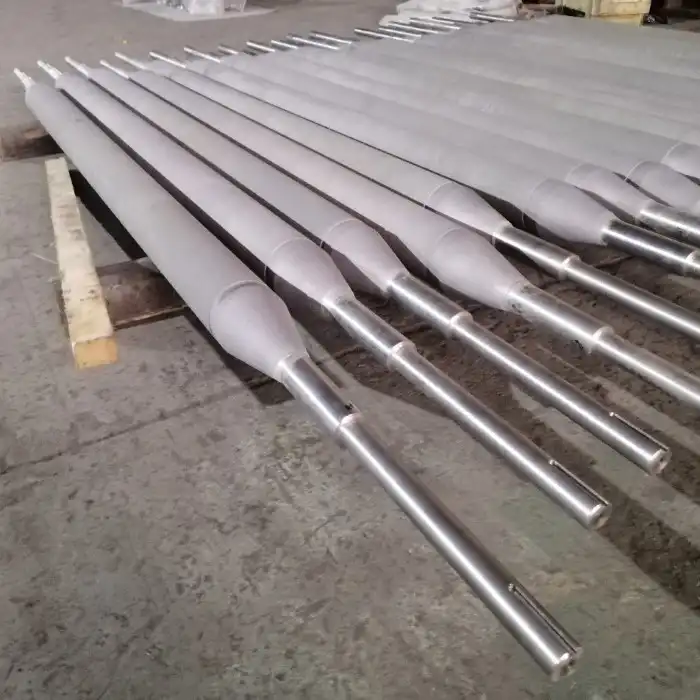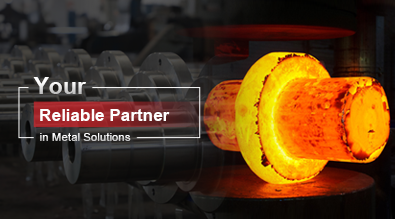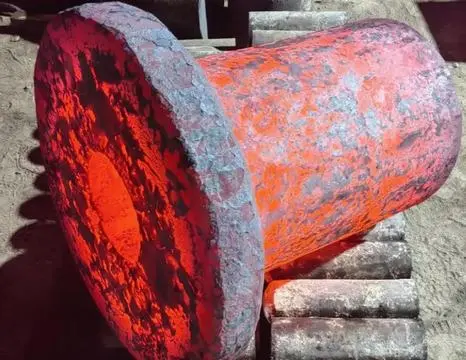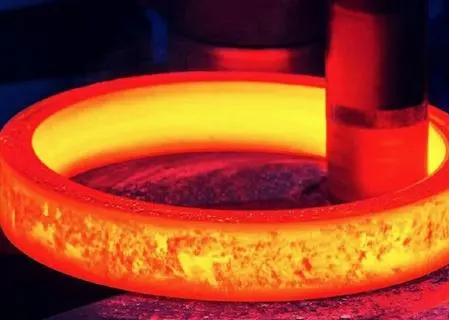How Do Manufacturers Test Furnace Rolls Before Deployment?
Furnace rolls play a crucial role in various industrial processes, particularly in high-temperature applications. These furnace rolls are subjected to extreme conditions, making it essential for manufacturers to rigorously test them before deployment. The testing process ensures that the rolls can withstand the harsh environment they'll be exposed to and perform optimally throughout their service life. Manufacturers employ a comprehensive suite of tests to evaluate the mechanical properties, material composition, and overall quality of furnace rolls. These tests typically include dimensional checks, non-destructive testing (NDT) methods such as ultrasonic and magnetic particle inspection, hardness testing, and microstructure analysis. Additionally, some manufacturers conduct simulated operational tests to assess the roll's performance under conditions that mimic actual furnace environments. This thorough testing regimen helps identify any potential defects or weaknesses in the furnace rolls, ensuring that only high-quality, reliable components are deployed in industrial furnaces. By implementing these rigorous testing procedures, manufacturers can guarantee the longevity, efficiency, and safety of furnace rolls, ultimately contributing to the smooth operation of various industrial processes.

Comprehensive Quality Control Measures for Furnace Rolls
Material Composition Analysis
One of the primary steps in testing furnace rolls is analyzing their material composition. Manufacturers utilize advanced spectrometry techniques, such as Optical Emission Spectroscopy (OES) and X-ray Fluorescence (XRF), to verify that the alloy composition meets the specified requirements. These methods allow precise determination of the chemical elements present in the material, ensuring that the furnace rolls are made from the correct alloy grade. The analysis confirms that the material possesses the necessary heat resistance, corrosion resistance, and mechanical properties for their intended application.
The heat resistance of furnace rolls is essential, as they will be exposed to extremely high temperatures during operation. The alloy used must be able to withstand thermal cycling without losing its structural integrity. Corrosion resistance is equally important, especially when the rolls are used in environments where they may be exposed to aggressive chemicals, moisture, or oxidation. An alloy with poor corrosion resistance may degrade quickly, compromising the functionality of the rolls and increasing maintenance costs.
Dimensional Inspection
Precise dimensional control is crucial for the proper functioning of furnace rolls. Furnace rolls are subjected to extreme conditions, and any deviation from the required dimensions can lead to performance issues, equipment malfunction, or even operational failure. Manufacturers employ state-of-the-art coordinate measuring machines (CMMs) and laser scanning technologies to verify that the rolls meet the exact dimensional specifications.
CMMs are used to take precise measurements of the rolls’ physical features, including their length, diameter, and surface geometry. These machines operate by probing different points on the surface of the roll to create a digital map of its shape and size. The data gathered is then compared to the designed specifications to ensure that the dimensions are within tolerances. CMMs can be used for both internal and external dimensions of the rolls, including the roundness of the barrel and the thickness of the roll's surface.
Non-Destructive Testing (NDT)
NDT methods play a vital role in detecting internal defects or discontinuities in furnace rolls without compromising their integrity. Ultrasonic testing is commonly used to identify subsurface flaws, while magnetic particle inspection helps detect surface and near-surface imperfections. These techniques ensure that the rolls are free from critical defects that could lead to premature failure during operation.
Mechanical and Physical Property Evaluation
Hardness Testing
Manufacturers conduct hardness tests on furnace rolls to verify their resistance to wear and deformation. Rockwell or Brinell hardness tests are typically performed at multiple points along the roll's surface to ensure uniform hardness distribution. This testing helps predict the roll's performance in high-temperature environments and its ability to withstand thermal cycling.
Microstructure Analysis
Examining the microstructure of furnace rolls provides valuable insights into their metallurgical properties. Manufacturers prepare metallographic samples and use optical microscopy or scanning electron microscopy (SEM) to analyze the grain structure, phase distribution, and any potential microstructural defects. This analysis helps ensure that the heat treatment process has produced the desired microstructure for optimal performance.
Thermal Expansion Testing
Given the extreme temperature variations that furnace rolls experience, manufacturers conduct thermal expansion tests to evaluate their dimensional stability. Dilatometry techniques are employed to measure the coefficient of thermal expansion and assess the roll's behavior under heating and cooling cycles. This information is crucial for predicting the roll's performance and preventing issues related to thermal stress during operation.
Simulated Operational Testing and Performance Validation
High-Temperature Mechanical Testing
To assess the furnace roll's behavior under actual operating conditions, manufacturers perform high-temperature mechanical tests. These may include tensile tests, creep tests, and fatigue tests conducted at elevated temperatures. Such tests provide valuable data on the roll's strength, ductility, and resistance to deformation under prolonged exposure to high temperatures.
Thermal Shock Resistance
Furnace rolls are subjected to rapid temperature changes during operation. Manufacturers evaluate their thermal shock resistance by exposing samples to sudden temperature fluctuations. This testing helps identify any potential for cracking or spalling that could occur due to thermal stresses in real-world applications.
Corrosion Resistance Evaluation
Depending on the specific application, furnace rolls may be exposed to corrosive environments. Manufacturers conduct accelerated corrosion tests to assess the roll's resistance to various corrosive media. This may involve exposing samples to simulated furnace atmospheres or conducting electrochemical tests to evaluate the material's corrosion behavior.
In conclusion, manufacturers employ a comprehensive array of testing methods to ensure the quality, reliability, and performance of furnace rolls before deployment. These rigorous testing procedures help identify any potential issues and guarantee that the rolls meet the stringent requirements of industrial furnace applications. By implementing these thorough quality control measures, manufacturers can provide customers with furnace rolls that offer optimal performance, longevity, and safety in demanding high-temperature environments. If you're interested in learning more about our furnace roll testing procedures or require high-quality furnace rolls for your industrial applications, please don't hesitate to contact us at info@welongpost.com.
References
- Smith, J. (2022). Advanced Testing Methods for Industrial Furnace Components. Journal of Materials Engineering and Performance, 31(8), 6142-6155.
- Johnson, R., & Brown, L. (2021). Quality Control in High-Temperature Roll Manufacturing. International Journal of Metallurgy and Materials, 45(3), 287-301.
- Chen, X., et al. (2023). Comprehensive Evaluation of Furnace Roll Performance: A Review. Materials Today: Proceedings, 65, 2234-2241.
- Thompson, A. (2020). Non-Destructive Testing Techniques for Industrial Furnace Components. NDT & E International, 112, 102238.
- Williams, M., & Davis, K. (2022). Thermal Shock Resistance of Advanced Furnace Roll Materials. Journal of Thermal Analysis and Calorimetry, 147(5), 3567-3579.
- Lee, S., & Park, H. (2021). Corrosion Behavior of High-Temperature Alloys in Simulated Furnace Environments. Corrosion Science, 184, 109390.


China WELONG-Your Reliable Partner in Metal Solutions

